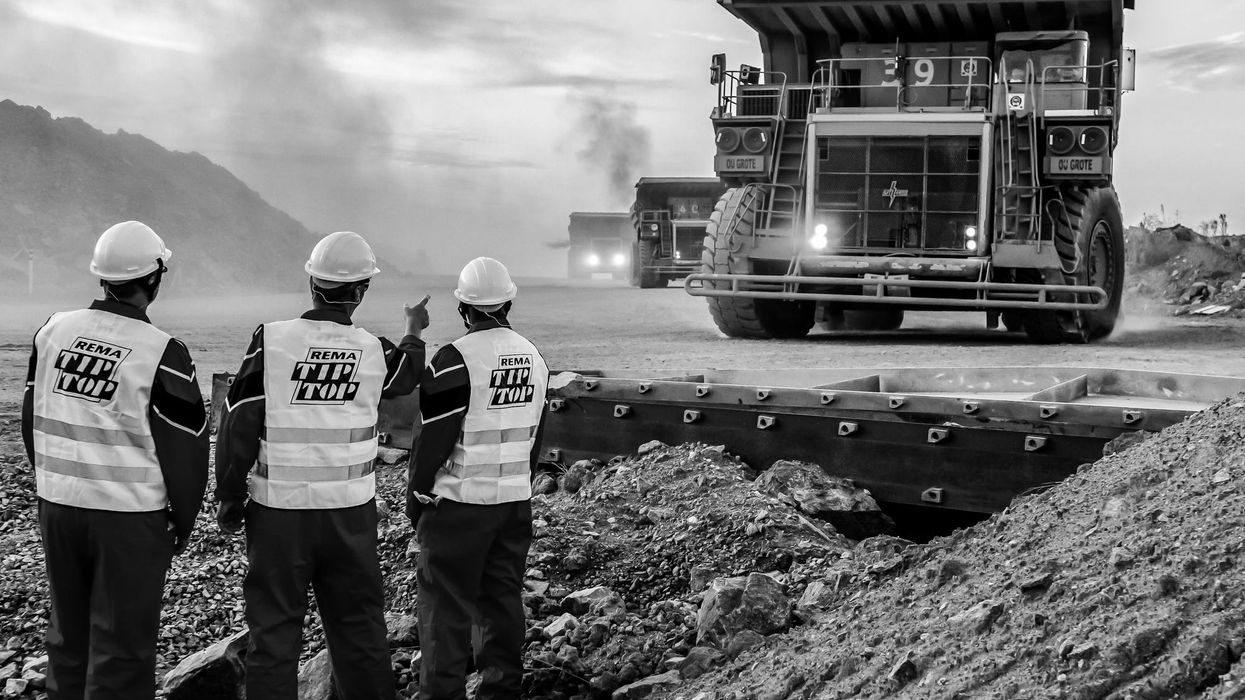TEHRAN – While an atmosphere of national solidarity prevailed after the U.S. assassination of Major General Qassem Soleimani, last week’s accidental downing of the Ukrainian airliner and its aftermath have provoked a popular crisis of confidence which is having a profound impact on the relationship between the authorities and Iran’s citizens.
With elections to the parliament (Majlis) just over a month away, various factions are scrambling for advantage, even as the evident distrust between the citizens and the regime, as illustrated by the continuing demonstrations in the major cities, suggests that voter turnout is likely to be sharply diminished.
If that in fact is what materializes on February 21, most analysts here believe it will favor hard-line forces associated with the Islamic Revolutionary Guard Corps (IRGC), whose Quds Force was headed by Soleimani.
Already, Wednesday’s announcement by reformist leaders that 90 percent of their candidates have been pre-emptively disqualified to run by executive and election-monitoring committees has effectively eliminated challengers to mainly hardliner candidates. This in itself will deal a severe blow to the regime’s democratic legitimacy.
While the latest protests recall the unrest in November, in which more than 300 people are believed to have been killed, the immediate causes are quite distinct. In November, the disturbances were triggered by the abrupt tripling of gasoline prices, while the past week’s demonstrations, which have been relatively peaceful to date, were provoked by the government’s secrecy and the three-day delay in announcing the cause of the airline crash, in which all 176 people aboard were killed.
From the day of the incident, speculation about a missile hitting the plane began mounting among Iranian users of social media. But the Iranian authorities initially rejected the claim, instead insisting that technical problems with the aircraft were responsible. On January 11, the General Staff of the Armed Forces confirmed that the Ukrainian aircraft had been shot down by the IRGC’s air defense system as a result of human error.
The admission prompted demonstrations in Tehran and other cities across Iran beginning the same afternoon. Protesters shouted harsh slogans against Ayatollah Ali Khamenei and the IRGC, demanding, among other things, the resignation of the Supreme Leader as the commander-in-chief of the Armed Forces. Protests, many of them centered on university campuses, have continued since.
After Khamenei himself demanded an immediate investigation into the incident Saturday, all media, and both moderate and hard-line activists and prominent figures criticized the initial cover-up, while reformists called for the dismissal and punishment of those responsible for the tragic event. President Hassan Rouhani repeated the demand for a full investigation Tuesday.
Supporters of Rouhani also criticized the fact that he had been kept in the dark about the cause of the crash until Friday evening. Rumors immediately circulated that the president would resign his office, although a news outlet close to the IRGC rejected such speculation almost immediately. There was little doubt, however, that the chain of events had exposed the presidency’s relative weakness within the regime.
While some Western media speculated that the Soleimani’s death and the IRGC’s handling of the plane disaster could enhance the position of Rouhani and his foreign minister, Javad Zarif, that assessment appears unlikely at the moment. Hardliners in the regime have been arguing that Rouhani’s failure to withdraw Iran from the Joint Comprehensive Plan of Action (JCPOA) in recent months emboldened Trump and his advisers to take stronger action, culminating in Soleimani’s assassination. The fact that the three European parties to the Iran deal are now threatening to “snap back” multilateral sanctions against Iran is likely to further strengthen the hard-line position in advance of the elections.
Meanwhile, the political atmosphere here appears increasingly polarized. While 66 prominent reformist activists called for de-escalation between Iran and the U.S. in an open letter (link in Persian) after Soleiman’s assassination, former IRGC commander Hassan Abbasi, the head of a hard-line IRGC-linked think tank in Tehran, threatened to kill reformists in the streets and chop them to pieces, in retaliation for Soleimani’s killing. The ultra-hardline newspaper, Kayhan, wrote in its editorial that those who promote de-escalation and flexibility must be treated like traitors and infiltrators.
As calls in social media for continuing protests persisted into this week, hard-liners and Iranian state television accused demonstrators of using the airline disaster as a pretext for disruption by “seditionists.” As such, at the end of a closed parliamentary session on Sunday attended by the IRGC commander-in-chief, Sardar Salami, the majority of MPs present in Parliament (186) approved a resolution in support of the Guards, insisting that “they will not allow a mistake by a member of the family to be used by the enemy.”
While the current protests are not as widespread as those in November, their continuation is almost certain to further polarize the nation and may even threaten the holding of the February 21 elections, a possibility that, if realized, would be unprecedented in the Islamic Republic’s 41-year history.
In Islam, mourning for the dead takes 40 days, and the 40th day is very important. If there are widespread protests on the 40th day of the death of the Ukrainian airliner victims, which will be just four days before the election, the authorities may decide that the situation is too insecure or too emotionally and politically fraught for the voting to be carried out.
But, even if the elections are held as scheduled, given the calls for a boycott in order to dramatize the growing gap between the regime and its people, turnout can be expected to be low; a likelihood that would favor hard-liners despite their relatively small numbers in the electorate as a whole.
Nonetheless, the regime may press forward, even at the risk of an embarrassingly low turnout which could be disguised by manipulation of the ballots and selective broadcasting of polling stations where large numbers of IRGC and their Basiji supporters line up to vote.
Indeed, since the largely working-class protests of January 2017, there has been a fundamental shift in the nature of the protests in Iran in that the opposition is now directed against the establishment as a whole rather than specific policies.
This was also witnessed in the protests staged last November, even though the immediate cause hit the working classes disproportionately. In the most recent protests, the slogans are directed against the unelected entities of the establishment, notably the Supreme Leader and the IRGC.
The recent disqualification of reformist candidates by the executive committees and election monitoring committees can only strengthen such sentiment among the population. Even Rouhani publicly criticized that action, insisting that it called into question whether the election could be considered serious.
If a boycott movement succeeds, the next Iranian parliament will likely be dominated by hard-line forces empowered to diminish the domestic political space and further isolate Iran from the international community.
















